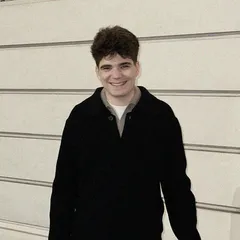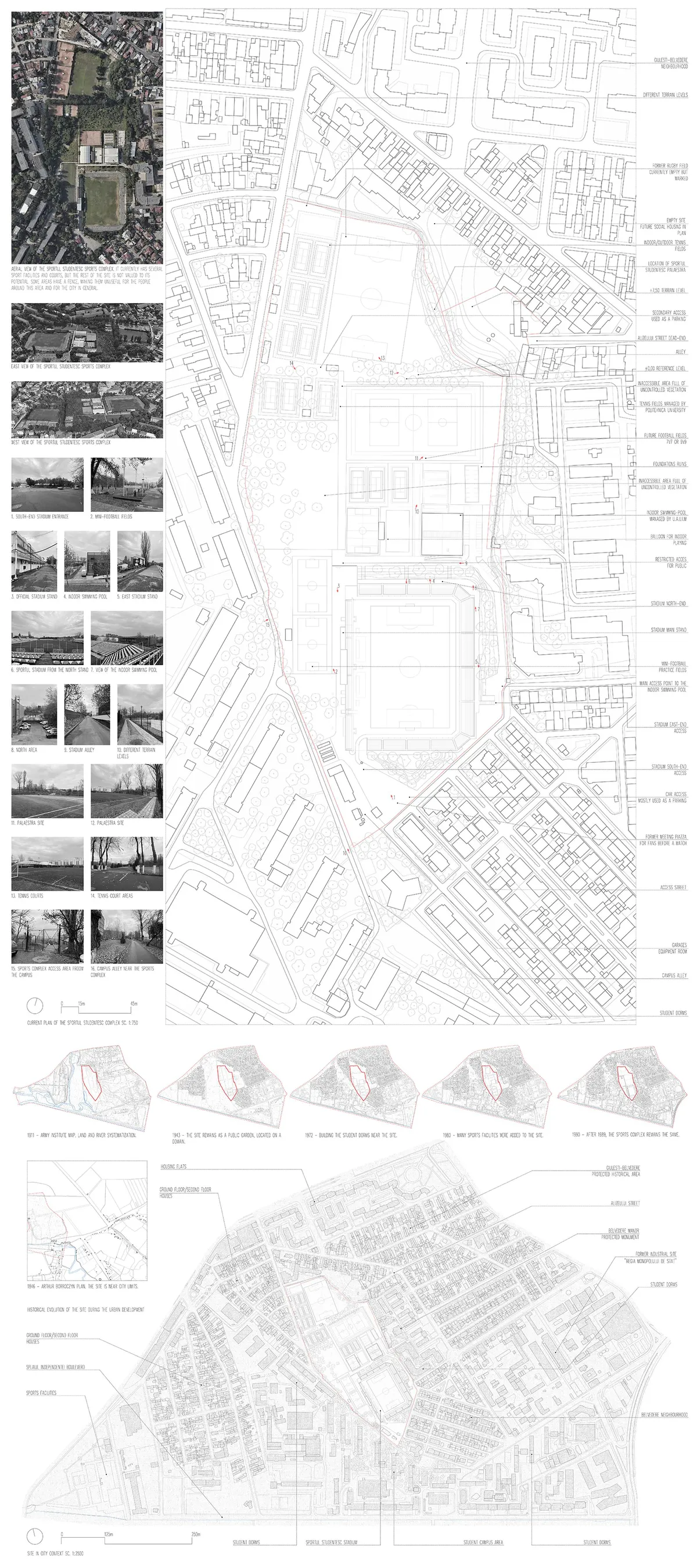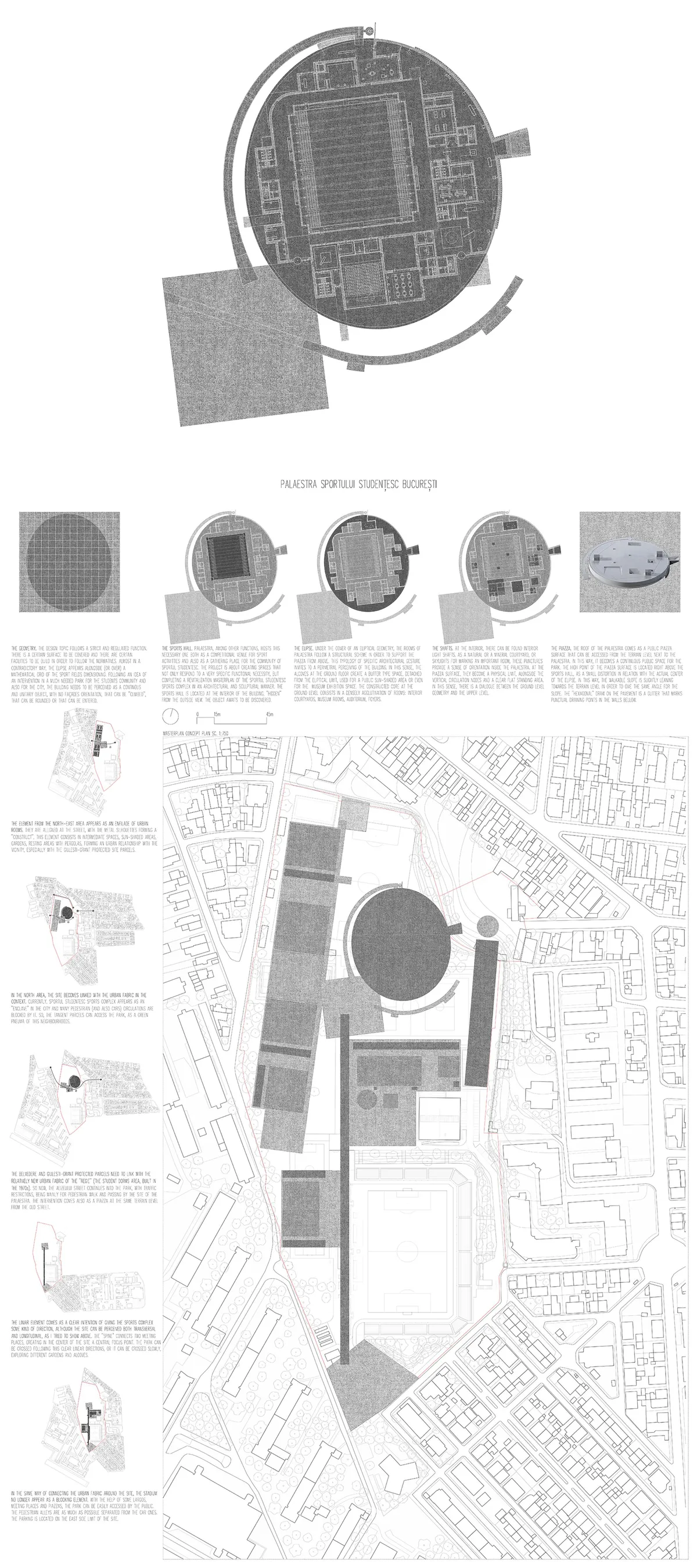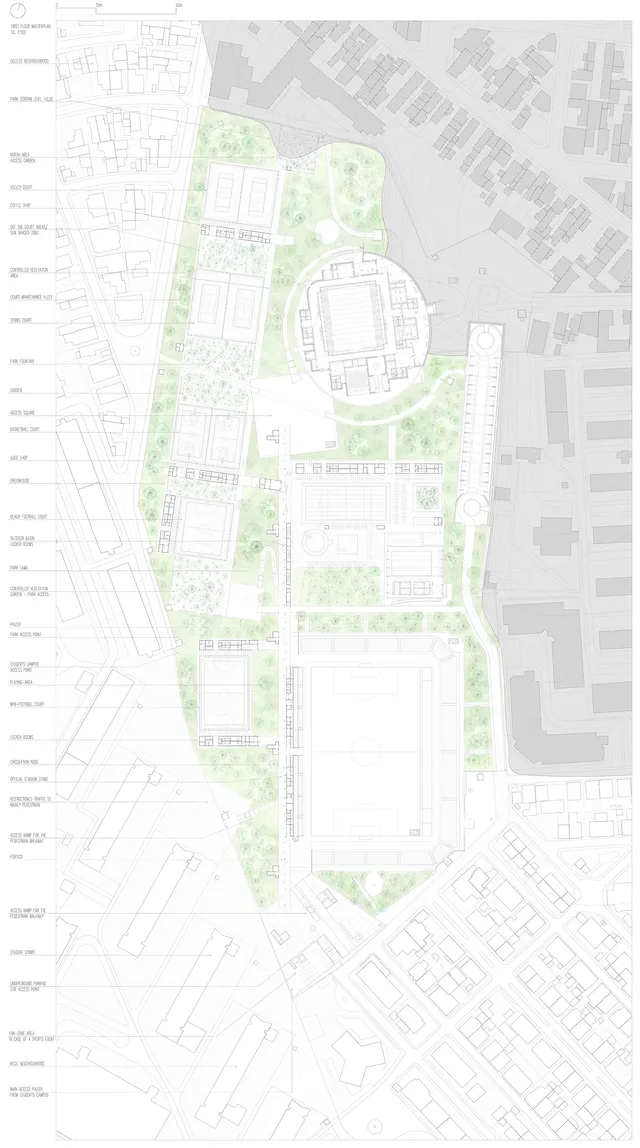
1/10

2/10

3/10

4/10

5/10

6/10

7/10

8/10

9/10

10/10
Graduation Projects
S
Selected
73
of votes of the public73
of votes of the public
Author(s) / Team representatives
Tudor Stănilă
Profession
Arhitect
Project location
București, România
Project start date
Noiembrie 2023
Project completion date
Iunie 2024
Photo credits
Tudor Stănilă
Text presentation of the author/office in English
My name is Tudor Stănilă, and in July 2024 I graduated from the "Ion Mincu" University of Architecture and Urbanism in Bucharest, Architecture section. My Diploma Project, which was awarded First Place in the "Best Diploma" contest within the university, only concluded a dynamic process of my professional formation. Since the first university year, the design studio has been the environment where I felt I could reveal and train my skills. The atelier projects, along with those from various architecture competitions or those within architecture studios, have represented some kind of "challenges" for me. The uncertainty and joyfulness of starting a new project is the same as at its end, when things are clear, well-defined, and ready to be "delivered." I believe that this balance of permanent and investigative ambition is a key aspect of my approach to design. Of course, over the years at the university, I have learned patience, moderation and how to accept failure. Resilience and confidence (or rather, courage) are essential elements, in my opinion, for a future architect. I realized that, in many situations, the so-called "secret" lies in things that are not related to the practice of architecture. The system of references formed earlier (both architectural and non-architectural) has helped me a lot because almost every time, it generated "an idea". In this way, at least so far, architecture for me is similar to having a "certain idea".
Project description in English
Sportul Studențesc Palaestra addresses the students’ community of Bucharest and its need to complete the Sports Complex in the Regie neighbourhood. The project's aim is not solely linked to a functional necessity but also strives to correlate with the success story of the club. The location of the palaestra is a site steeped in a history of sports and academic performance, a place of origin for the students’ community of Bucharest. The diploma is a project through which this artefact of memory is restored. Therefore, it is a project to re-establish the site, it is about urban reconciliation, and fundamentally, it is about the reconstruction of an idea: the idea of university sports and its significance. The status of sport as a complementary element of education, much like the site where the palaestra is located, needs revitalization. The intervention also includes a masterplan project that aims to "work" at the city scale. In addition to sports facilities and park landscaping, the project seeks to restore some urban connections, successfully integrate the intervention into the disrupted urban fabric and position the future construction to appropriately relate to its surroundings. The ancient palaestra was a representative structure serving as a place for sporting activities and the cultivation of moral and civic ideals. The palaestra identifies a specific typology, a formal archetype for its spaces and plastic expression, and a distinct way of interacting with the natural territory. In this sense, the surprising reappearance of a palaestra today can be achieved with a form that is both gestural and abstract. A clear, forceful form that can bring the same elemental and primal calmness. Today's almost conventional modern sports hall is a result of adhering strictly to sports standards. This mathematical "unit" provides a specific dimension and scale to work with. By focusing on a single, clear, sculptural volume that integrates the sports hall, exhibition spaces, an auditorium, piazzas, public squares and sun-shaded areas, the palaestra, with its architectural expression and multifunctionality, becomes a "permanent" building in a way that this architectural object does not immediately and unequivocally reveal its purpose and meaning. The palaestra engages in direct dialogue with the natural territory. With elements that articulate key areas, the palaestra can be perceived differently from the sports complex park. The palaestra is more than a sports hall.



